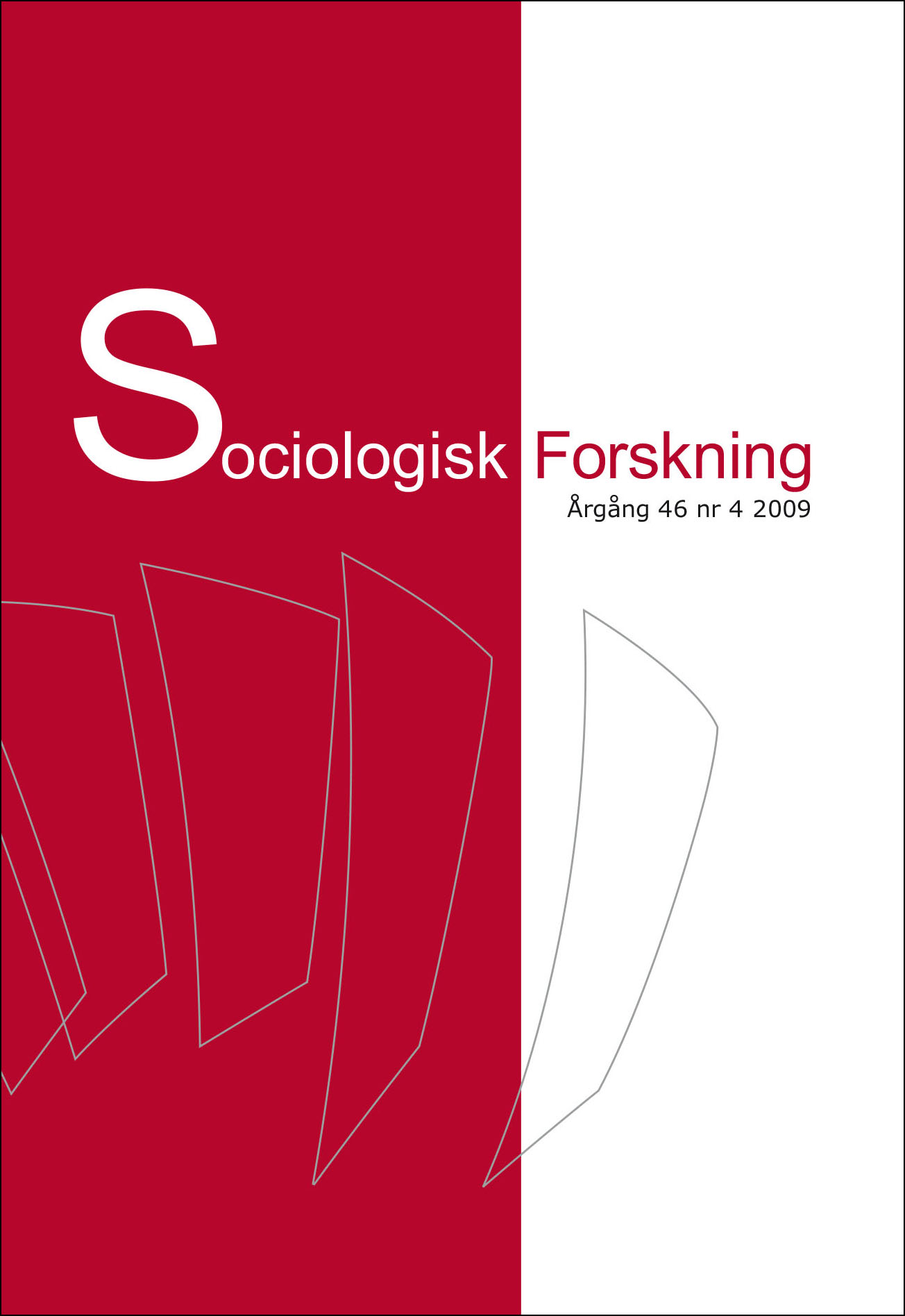Arbetslöshet som en icke önskvärd konsekvens av socialbidrag
Resultat från en tidsserieanalys på befolkningsnivå i Sverige 1946–1990
DOI:
https://doi.org/10.37062/sf.46.19219Nyckelord:
multiple time-series analysis, social assistance, spillover effects, Sweden, unemploymentAbstract
Unemployment as an unintended consequence of social assistance recipiency: results from a time-series analysis of aggregated population data
Does the frequency of unemployment have a tendency to increase the number of social assistance recipients, or does the relationship work the other way around? This article utilizes Swedish annual data on aggregated unemployment and means-tested social assistance recipiency in the period 1946–1990 and proposes a multiple time-series approach based on vector error-correction modelling to establish the direction of influence. First, we show that rates of unemployment and receipt of social assistance is co-integrated. Second, we demonstrate that adjustments to the long-run equilibrium are made through adjustments of the unemployment. This indicates that the level of unemployment reacts to changes in rates of social assistance recipiency rather than vice versa. It is also shown that lagged changes in the level of unemployment do not predict changes in rates of social assistance recipients in short-term. Together these findings demonstrate that the number of social assistance recipients does increase the number of unemployed in a period characterized by low unemployment and high employment.
Downloads
Publicerad
Referera så här
Nummer
Sektion
Licens
Allt material i Sociologisk Forskning publiceras med omedelbar öppen tillgång (open access), under Creative Commons-licensen CC BY-NC-ND 4.0.
Allt innehåll i tidskriften är fritt tillgängligt utan kostnad och får för icke-kommersiella syften fritt läsas, laddas ned, kopieras, delas, skrivas ut och länkas. Innehållet får dock inte ändras. När innehållet används måste författare och källa anges. Upphovsrätten till innehållet tillhör respektive författare. Inga publiceringsavgifter tas ut.





